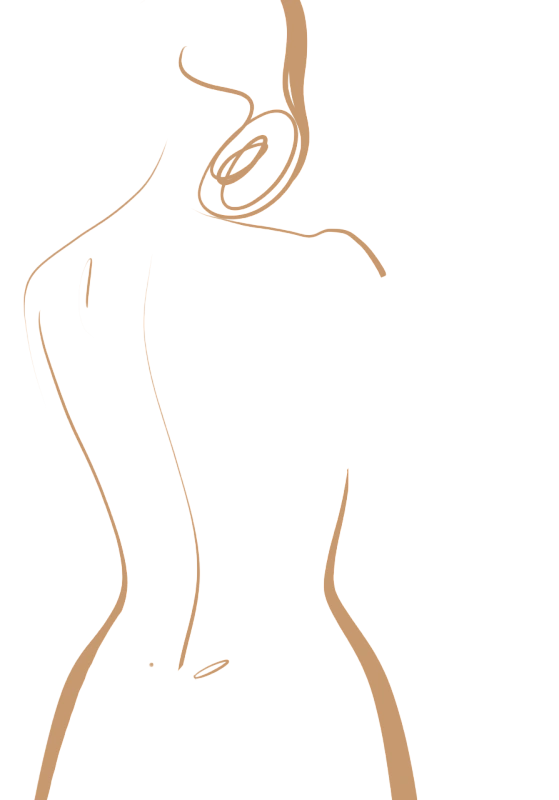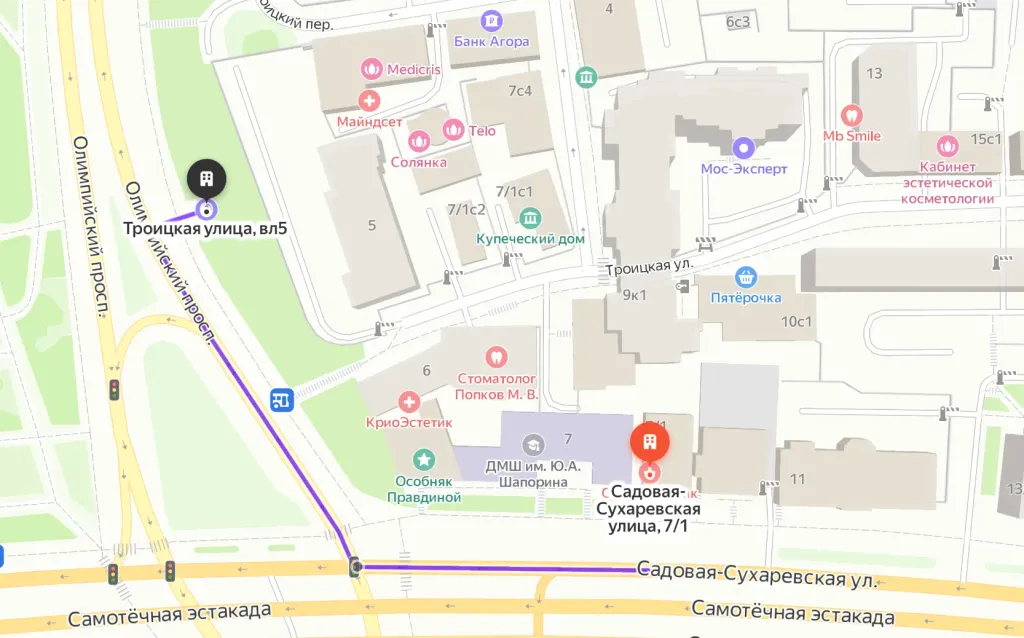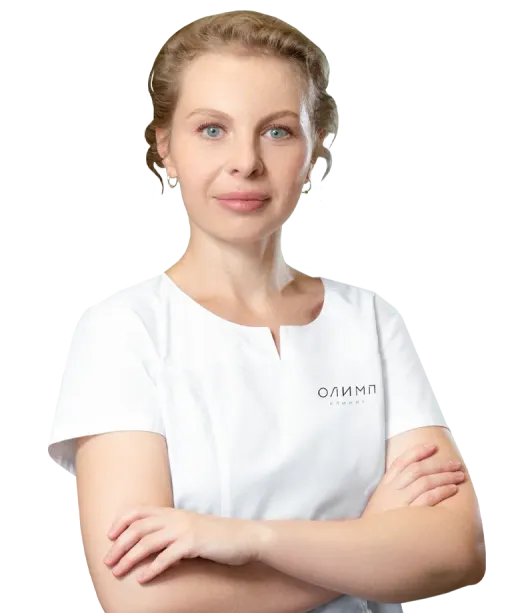Cervical conization
This is the surgical removal of pathologically altered areas of the cervix. It serves as both a diagnostic and therapeutic method, allowing you to identify and remove atypical cells.

The cervical conization procedure is an important tool for the examination and treatment of pathological changes in the cervix. Doctors prescribe it for a detailed study of the structure of tissues and obtaining samples for histological examination.
Conization can be prescribed for conditions that could potentially lead to more serious problems. This includes true erosion and pseudoerosion of the cervix, polyps, cysts, dysplasia of varying degrees, postpartum trauma, hypertrophy, hyperkeratosis and ectropion. Conization helps to isolate and remove the affected area, while maintaining healthy tissues.
Before performing cervical conization, it is necessary to perform a number of studies: Consultation with a gynecologist and oncologist. Blood tests, including coagulogram. Colposcopy to assess the condition of the cervix. Microscopy of a vaginal smear. Backfilling of the vaginal cavity. A biopsy, if necessary.
Cervical conization is performed under local or general anesthesia and lasts about 20-30 minutes. The patient is placed on a gynecological chair, and special mirrors are inserted into the vagina to provide access to the cervix. The doctor then uses a colposcope to visualize the cervix and applies Lugol's solution to isolate pathological areas. After that, a cone-shaped excision of the affected area is performed using an ionizer. The removed tissues are sent for histological examination to determine the degree of changes. The procedure can be performed using various methods such as laser conization, loop conization (LEEP) or a cold knife.
The following instruments are used for cervical conization: Loop electrodes (LEEP) or lasers for precise tissue removal. A colposcope for visualization of the cervix.
After the procedure, the patient may experience mild discomfort and spotting. Full recovery usually takes about 4-6 weeks. At this time, it is recommended to avoid sexual activity and intense physical activity.
Benefits
Effective treatment
It allows you to isolate and remove pathological changes, while maintaining healthy tissues.
Minimal invasiveness
The procedure does not require hospitalization and is performed on an outpatient basis.
Accurate diagnosis
Tissue samples are examined to accurately determine the nature of the changes.
Maintaining cervical health
Helps prevent the development of more serious conditions.
Frequently Asked Questions
What are the indications for cervical conization?
Is it possible to get pregnant after conization?
How quickly can you return to normal life after the procedure?
Didn't find an answer to your question?
You can describe your problem in detail and ask a question to the doctor. He will answer you and help you find a solution
Specialists
Find a SpecialistSimilar referral activities
Implantable pacemaker programming
Adjustment and monitoring of an implanted pacemaker to optimize heart rhythm.
SIBO breath test
The hydrogen-methane breath test is a noninvasive method of diagnosing small intestinal bacterial overgrowth (SIBO). This test measures the concentration of hydrogen and methane in exhaled air after the patient ingests lactulose. This helps identify an imbalance in intestinal bacterial flora.
13C-urea breath test
13C-urea breath test is a painless, non-invasive method used to detect Helicobacter pylori infection in the stomach. It is based on the ability of H. pylori to break down urea using the enzyme urease.
Endoscopic removal of epithelial formations of the gastrointestinal tract (removal of polyps)
Most gastrointestinal polyps belong to precancerous conditions, and colon polyps are essentially the only way to develop cancer, therefore they require mandatory removal.
Consultation of a gynecologist
Medical examination aimed at diagnosing, treating and preventing diseases of the female reproductive system.
Arthroscopy of the ankle joint
Ankle arthroscopy is a minimally invasive surgical procedure used to diagnose and treat various diseases and injuries of the ankle joint.
How to reach
How to get
From the Belorusskaya metro station of the Zamoskvoretskaya line - exit 4 After exiting the subway, walk through the pedestrian tunnel and climb the stairs. Move towards the railway tracks, go down the stairs immediately after them and walk along the house, then turn right onto 1st Yamskoye Pole Street. At the turn to 3rd Yamsky Pole Street, cross the road at the pedestrian crossing and continue along 1st Yamsky Field Street, after a few buildings on the left you will see Olympus Clinic MARS.
Travel time
9 minutes
Landmark
Olympus Clinic MARS sign
How to get
From the Belorusskaya metro station of the Ring line - exit 2. After exiting the subway, turn left and walk to the pedestrian crossing. Cross the road through two pedestrian crossings and move along the Tverskoy overpass. Go down the stairs immediately after the railway tracks, walk along the house, then turn right onto 1st Yamskoye Pole Street. At the turn to 3rd Yamsky Pole Street, cross the road at the pedestrian crossing and continue along 1st Yamsky Field Street, after a few buildings on the left you will see Olympus Clinic MARS
Travel time
11 minutes
Landmark
Olympus Clinic MARS sign
From the metro station "Tsvetnoy Bulvar"
1 exit to the city, then left to the Garden Ring, at the crossing to the right, crossing the boulevard, one more crossing and at the traffic light to the left. The Olymp Clinic building is located overlooking the Garden Ring to the right of the crossing. Travel time is approximately 9 minutes. Landmark - sign Olymp Clini
From the metro station "Sukharevskaya"
Exit 3 from the metro and 640 meters straight ahead, the clinic will be on the right. Landmark - sign Olymp Clinic
Parking lot map
Exit 3 from the metro and 640 meters straight ahead, the clinic will be on the right. Landmark - sign Olymp Clinic

From Sokol metro station
The last car from the center: follow the signs for Exit 5. From the glass doors to the right and go to the end of the passage. Exit to the city by the steps to the left. After exiting the crossing to the street, go straight along Leningradsky Prospekt to the intersection with Chapaevsky Lane. Next, turn right (onto Chapaevsky Lane) and walk to the Triumph Palace residential complex. Entrance to the territory: through checkpoint No. 1, opposite the Vkusville store, you will need to present your passport. After passing through the checkpoint, go up the stairs to the fountain, opposite it you will see our clinic.
Travel time
10-12 minutes
From the Airport metro station
The first car from the center: follow the Exit 2-3 signs. Turn left out of the glass doors and walk to the end of the passage. After exiting the crossing to the street, go straight along Leningradsky Prospekt to the intersection with Chapaevsky Lane. Next, turn left (onto Chapaevsky Lane) and walk to the Triumph Palace residential complex. Entrance to the territory: through checkpoint No. 1, opposite the Vkusville store, you will need to present your passport. After passing through the checkpoint, go up the stairs to the fountain, opposite it you will see our clinic.
Travel time
12-15 minutes
How to get
Entry to the territory is prohibited, but there are free city parking lots around the Triumph Palace residential complex, where you can easily find a place for your car. Free parking area:




